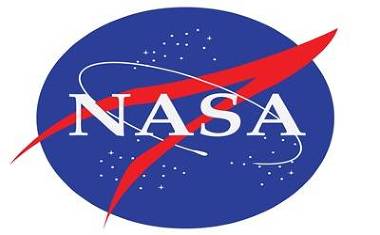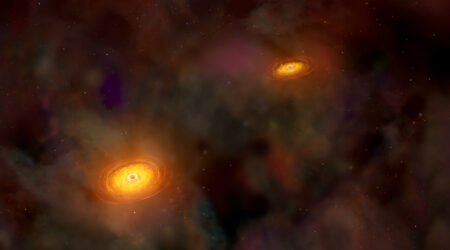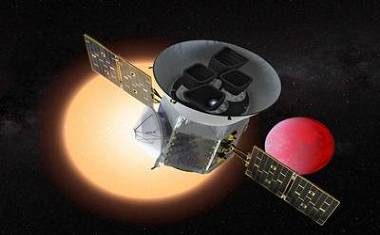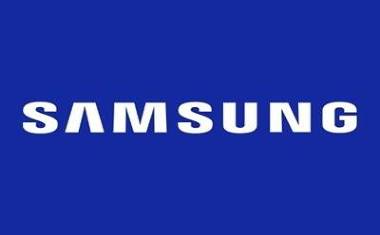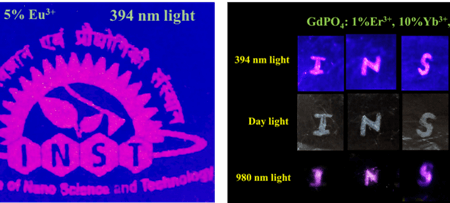
Washington, Aug 25: NASA’s Origins, Spectral Interpretation, Resource Identification, Security-Regolith Explorer (OSIRIS-REx) spacecraft has captured the first glimpse of its distant target — asteroid Bennu — after almost two years of journey.
Launched on September 8, 2016, the OSIRIS-REx, which is NASA’s first mission to visit a near-Earth asteroid, is scheduled to arrive at Bennu on December 3. It will help unveil the mysteries of our solar system’s formation, the US space agency said in a statement.
The spacecraft’s PolyCam camera obtained the image from a distance of 1.4 million miles (2.2 million km) or almost six times the distance between the Earth and the Moon, on August 17.
The cropped set of five images were obtained over the course of an hour. Bennu is visible as a moving object against the stars in the constellation Serpens, the statement said.
As OSIRIS-REx approaches the asteroid, the spacecraft will use its science instruments to gather information about Bennu and prepare for arrival.
It will regularly observe the area around Bennu to search for dust plumes and natural satellites and also study its light and spectral properties.
Now that OSIRIS-REx is close enough to observe Bennu, the mission team will spend the next few months learning as much as possible about Bennu’s size, shape, surface features, and surroundings before the spacecraft arrives at the asteroid, said Dante Lauretta, OSIRIS-REx principal investigator at the University of Arizona in the US.
After arrival at Bennu, the spacecraft will spend the first month performing flybys of Bennu’s north pole, equator and south pole, at distances ranging between 11.8 and 4.4 miles (19 and 7 km) from the asteroid.
The spacecraft will extensively survey the asteroid before the mission team identifies two possible sample sites, which will allow the team to pick one for sample collection, scheduled for July 2020.
After the sample collection, the spacecraft will head back towards Earth before ejecting the Sample Return Capsule for landing in the Utah desert in September 2023.


